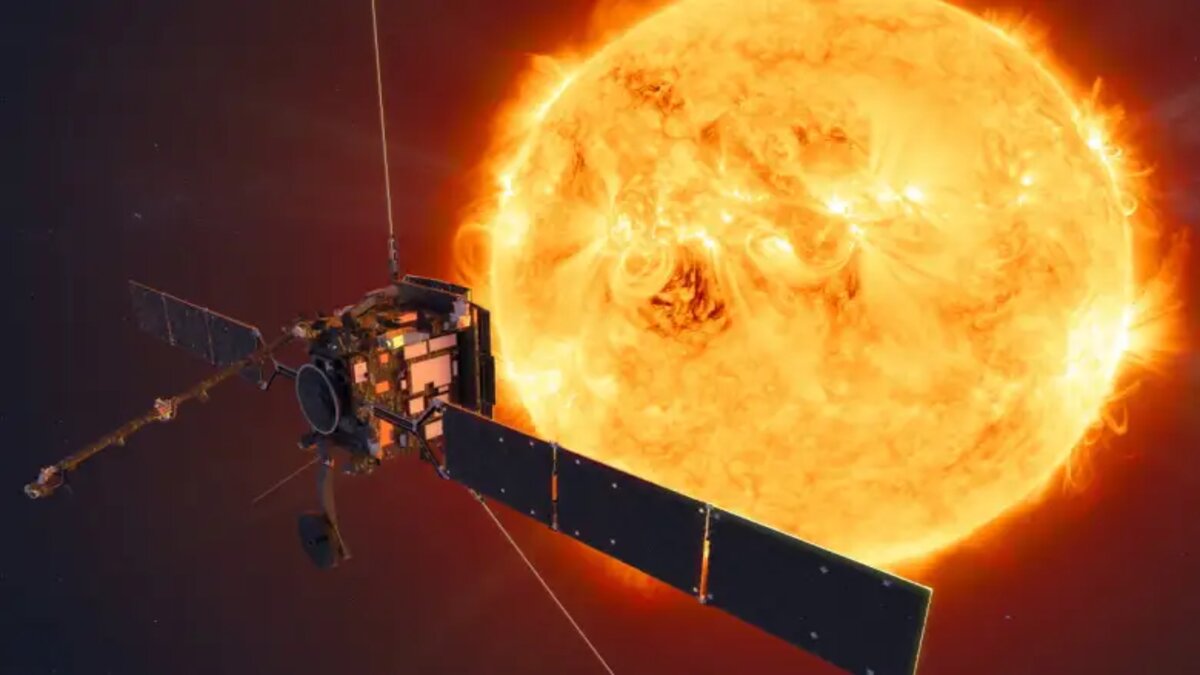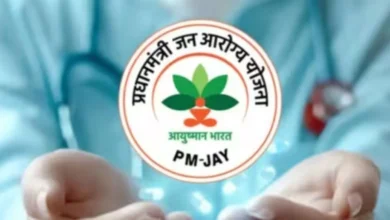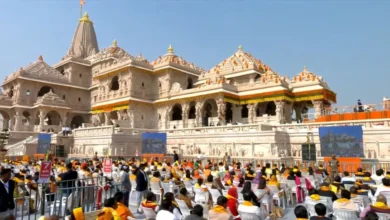
India’s First Solar Mission, Aditya L1, Set to Launch on August 26
India’s first solar mission, Aditya L1, is set to launch on August 26 from the Satish Dhawan Space Centre in Sriharikota. The mission is named after Aditya, the Hindu god of the Sun.
Aditya L1 will be placed in a halo orbit around the Lagrange point 1 (L1), which is a point in space between the Earth and the Sun where the gravitational forces of the two bodies balance each other out. This will allow Aditya L1 to study the Sun continuously without being affected by the Earth’s atmosphere.
The mission will carry five payloads that will study different aspects of the Sun, including its corona, solar wind, and magnetic field. The data collected by Aditya L1 will help scientists to better understand the Sun and its impact on Earth’s climate and space weather.
Aditya L1 is a major milestone for India’s space program. It is the first mission dedicated to studying the Sun, and it will help India to become a leading player in solar research.
The launch of Aditya L1 is also a significant event for the global solar research community. The mission will provide valuable data that will be used by scientists all over the world to study the Sun.
The launch of Aditya L1 is a proud moment for India. It is a testament to the country’s growing capabilities in space science and technology. The mission will help India to make significant contributions to our understanding of the Sun and its impact on Earth.
Key Objectives of Aditya L1 Mission
The Aditya L1 mission has the following key objectives:
- To study the Sun’s corona and its heating mechanism
- To study the solar wind and its acceleration
- To study the Sun’s magnetic field and its evolution
- To understand the initiation and propagation of solar flares and coronal mass ejections
- To study the impact of solar activity on Earth’s climate and space weather
The Aditya L1 mission is expected to provide valuable data that will help scientists to better understand the Sun and its impact on Earth. The mission will also help India to become a leading player in solar research.




